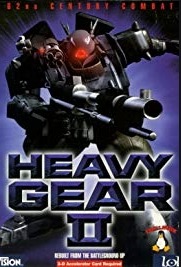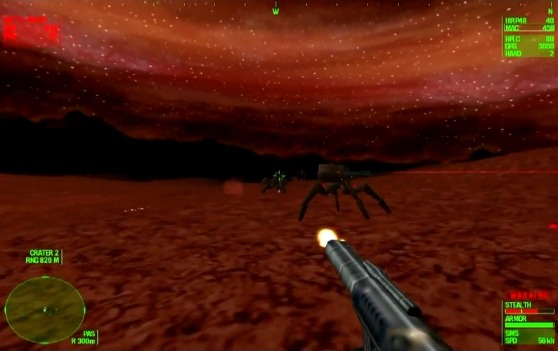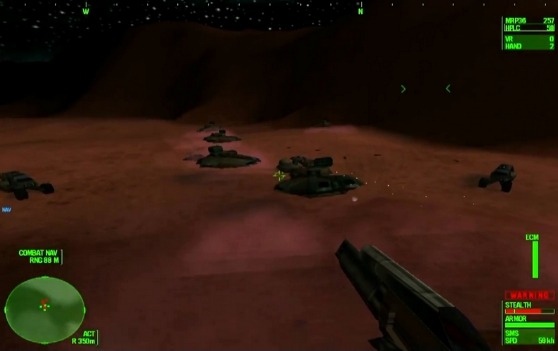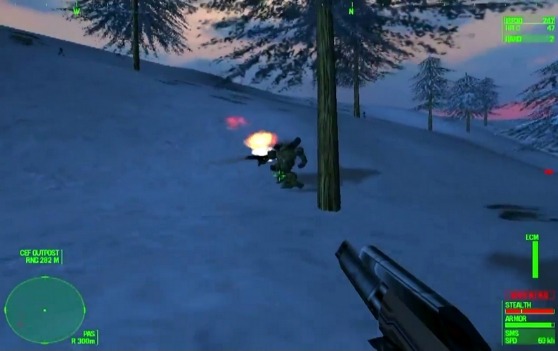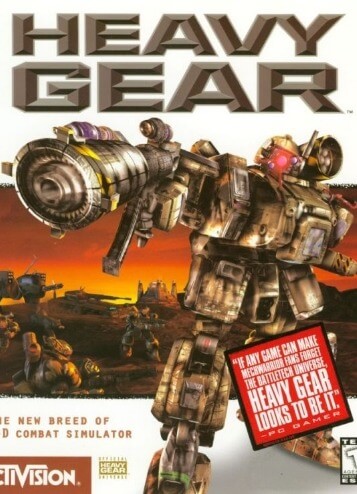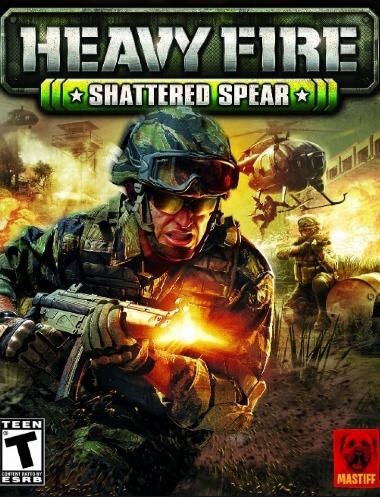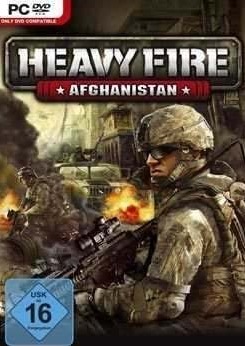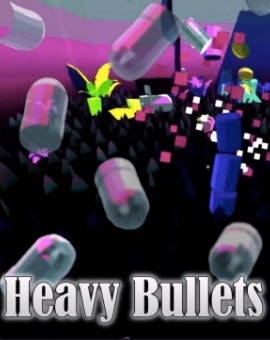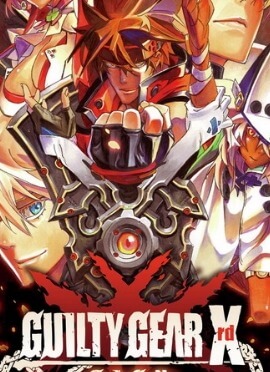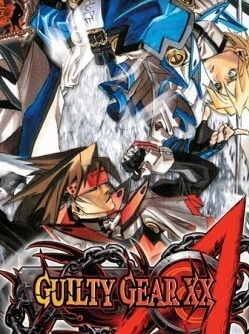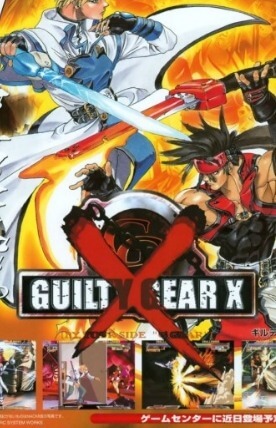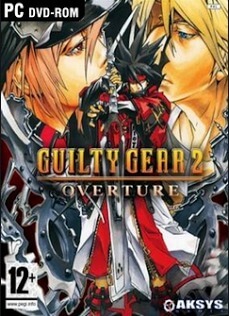Work began on a new game engine, named Dark Side, to power the title. Built in C++, the first priority for the engine was stability, with a focus on memory management and leak tracking, allowing developers to spot memory leaks as soon as they occurred, rather than later on in a test cycle. By adopting a modular approach to their engine design, developers could easily switch in and out different systems as they experimented during the development process.
Although there were debates within the team regarding the issue, it was concluded that software rendering was insufficient to deliver on the teams' visual goals, and so support was dropped from the engine, making video cards a necessity to run Heavy Gear II. This allowed the team to focus on delivering a single high quality product, saving the team from having to replicate in-game assets at lower level of details for lower specification machines, cutting time in production and testing. By targeting only video card equipped machines, Heavy Gear II could feature more units on screen and greater environmental detail.
Offloading the visual rendering to dedicated video cards allowed for CPU cycles to be freed up for other uses such as AI systems. The approach to AI was to go for a high level "autopilot" system, whereby non-player characters could decide for themselves what objectives to achieve and how to go about it. This reduced the need for individually scripted actions, and enforced a consistent feel across all missions. Enemy units have a tactical awareness on the battlefield, and will keep track of the successes and failures of different approaches against the player character, varying their tactics depending on the situation. Enemy units may split off into separate fireteams, call upon reinforcements or order artillery strikes against the player.
Multiplayer was an important element in the game, and it was implemented using an internal Activision networking SDK early in development, before even the single-player portion of the game. Although co-operative multiplayer was also planned, this feature had to be dropped, as it proved impossible to populate the game with enough enemy units to make the game challenging. The missions designed for the planned co-op mode were however, saved for the standalone single-player "Historic Missions" in the final game.
Despite the experience of the team, Heavy Gear II did not adhere to the intended schedule. The team underestimated the work needed to produce a demo, and did not factor in costs involved with employee turnover into their original schedule. When the game was released in June 1999, it had missed the intended ship date by approximately nine months. This slippage also had a negative impact on the effectiveness of the marketing campaign. The Dark Side engine would be used again in Activision's Interstate '82, released later that year.
In October 1999, it was announced that Loki Software would be porting Heavy Gear II across to Linux. The Linux port took Loki Software approximately 6 months to complete, and was described by Loki as "their most challenging product to date". As Heavy Gear II uses Microsoft's proprietary Direct3D API for graphical rendering, Loki had to port this to OpenGL in order for it to run on Linux. To realise the game's 3D sound on Linux, Loki worked with support from Creative Technology to build an open standard audio API from scratch with a cross-platform free software implementation, named OpenAL. Heavy Gear II was the first Direct3D game to be ported to OpenGL, and was the first to implement OpenAL. The Linux port was released in April 2000, and a demo followed in June.
Reception
Heavy Gear II was commercially unsuccessful. In the United States, it sold 15,000 units by the end of July 1999, according to PC Data. Mark Asher of CNET Gamecenter called these figures "pretty awful" and remarked that it "has to be a major disappointment for Activision." The game's sales in the United States rose to 28,598 copies by the end of 1999. Daily Radar's Andrew S. Bub named it the most unfairly overlooked simulation title of the year.
Critical reception towards the game was generally positive, receiving a rating of 81% on review aggregation website GameRankings. The game was compared favourably to its predecessor, Heavy Gear, with PCZone stating that it was a huge improvement over the first game, and GameSpot believing that Activision had redeemed itself for the failures of the original.
Critics praised the gameplay. Next Generation described the game as "a big, splendid mech sim, with lots of depth and excellent balance between action and strategy". PC Zone echoed similar sentiments, calling it "a commendable stab at creating a balanced blend of strategy and all-out bot-blasting action". IGN highlighted the diversity on offer, stating that the "variety in environments, variety in Gear loadout and variety in gameplay" was above and beyond that offered by others in the genre.
